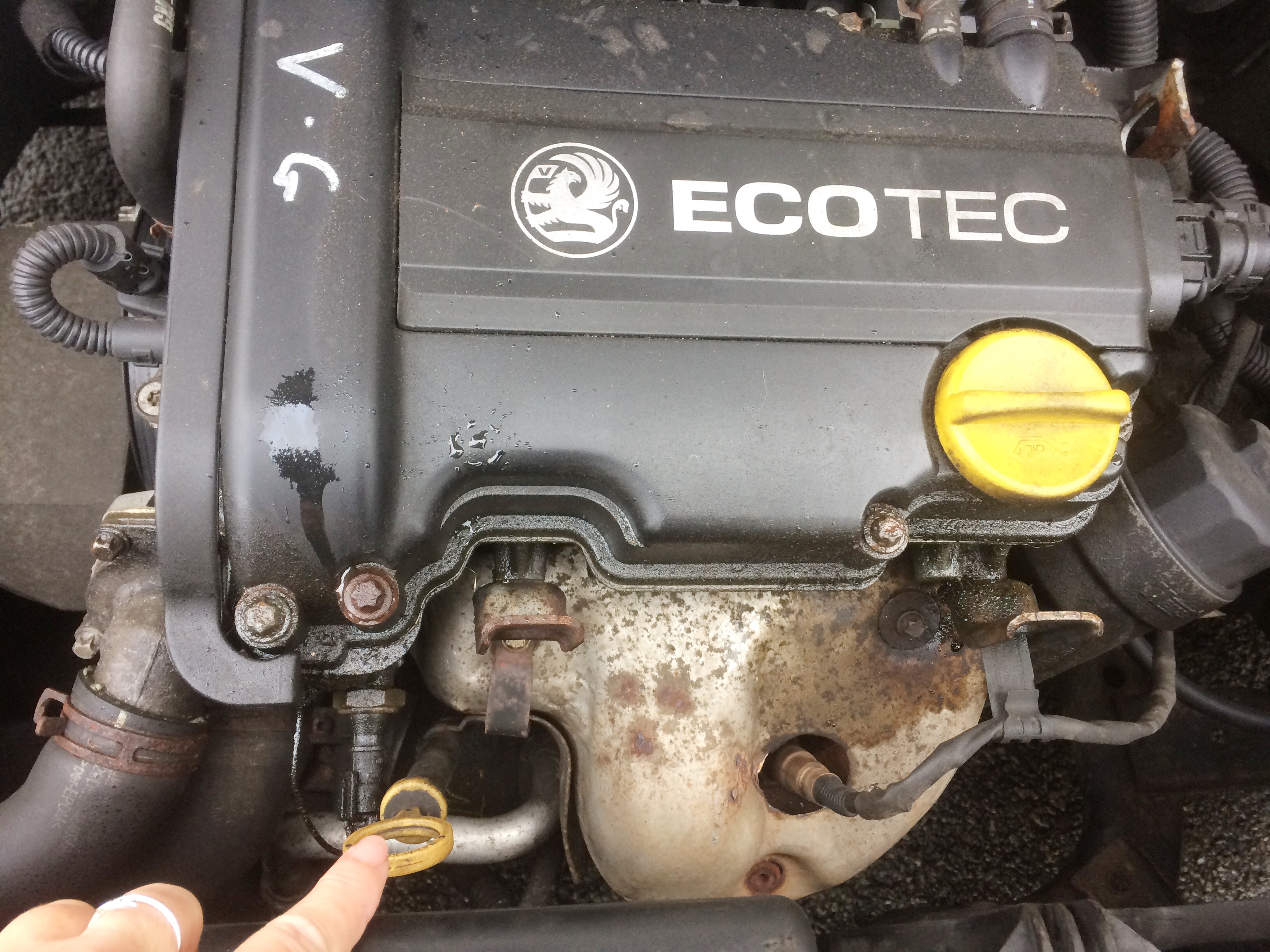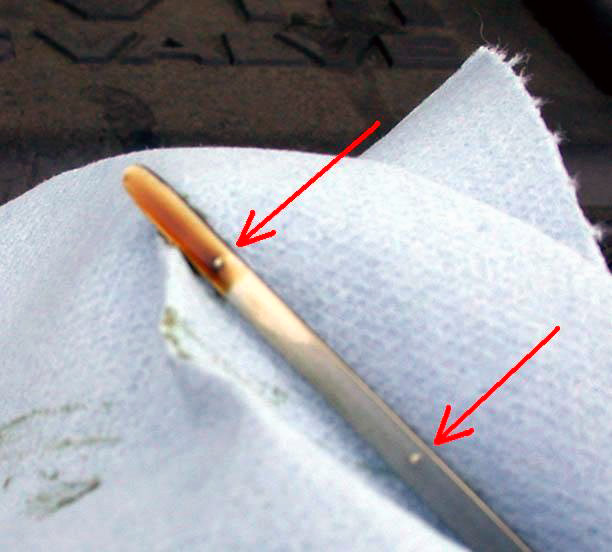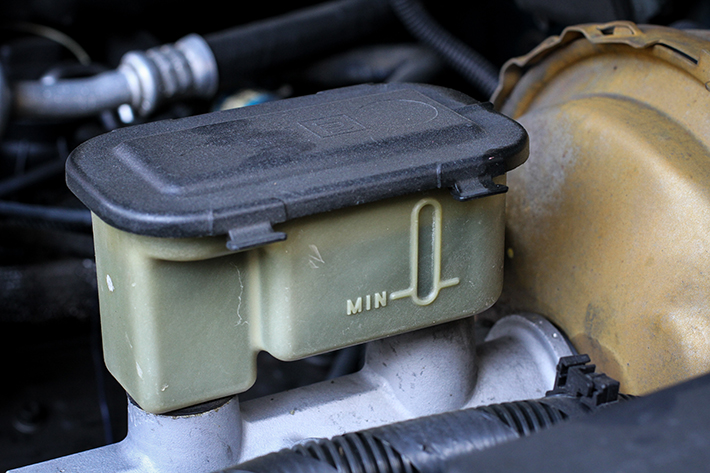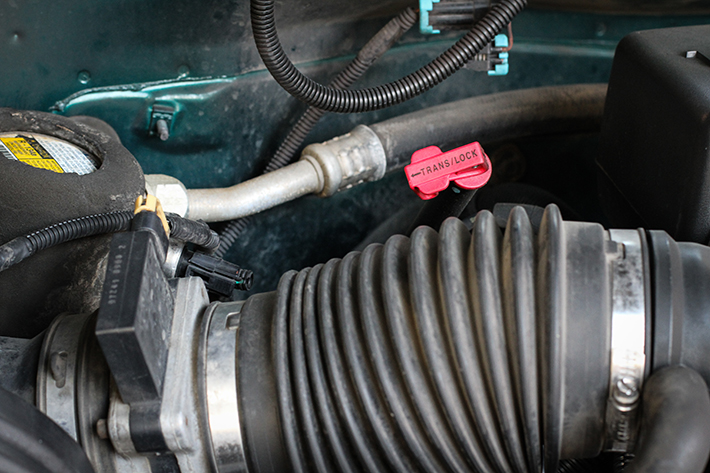
Do not be a dipstick when locating your dipstick! ????
 I’m taking extra care over this one, because it’s important, and I want it to be right.
I’m taking extra care over this one, because it’s important, and I want it to be right.
It was a cold December day and I was in a rush. My car refused to start and I had to call the AA. The lovely guy repaired my car, but realised that I actually had no oil in the engine. I was lucky as it was caught just in time. I still don’t know where it went, but he was very gallant and gave me a 5-minute tutorial on trying in the future not to be a dipstick and locating my cars dipstick (this joke tickled me so much, I’ve had to use it twice. I’ll probably use it again, in a minute).
Oil reduces the friction in your car and keeps it running smoothly, apparently. It’s one of the things I really needed to learn to do with my car, as I always relied on someone else to do it for me, but it’s easy once you have the know-how.
- The engine should be off. Your car needs to be on level ground before you start, so that the oil level is accurate where the dipstick stick dips into it.
- Pull out the dipstick (usually located at the front part of the engine on your car, so that it’s easy to reach). The one I am pointing to in the picture. All engines are different though, so consult your car manual for the location of yours.
- Wipe with a clean rag and insert the dipstick back into the pipe all the way down.
- Pull out the dipstick once again and look at the film of oil on the end of the stick. Do not turn the stick upside down as you will get an inaccurate reading; keep it flat.
 On most dipsticks, but not all, the gap between the minimum or maximum amounts to about a litre of oil. If your oil is at the minimum mark, you will have to put in about that amount to get to the maximum level. Half-way down you’ll probably need about half a litre. On the right side on the photo, it shows you the yellow cap where you will pour some oil if you need to. It’s usually marked with oil on the lid. Don’t try to pour it into the dipstick hole!
On most dipsticks, but not all, the gap between the minimum or maximum amounts to about a litre of oil. If your oil is at the minimum mark, you will have to put in about that amount to get to the maximum level. Half-way down you’ll probably need about half a litre. On the right side on the photo, it shows you the yellow cap where you will pour some oil if you need to. It’s usually marked with oil on the lid. Don’t try to pour it into the dipstick hole!
15W/40 is the ideal oil for my car. Consult your manual or Google for the best type for yours.
While you’ve got the bonnet up, you can check the other fluid levels too – they all have dipsticks or plastic tanks that you can sort-of see through. These include:

1. Coolant (water/antifreeze), which is used to cool the engine. It passes through the ‘radiator’, where it cools down, before going through the engine and back again. Do not open this cap when the engine is hot – it will be under pressure. There’s a filling cap for it, similar to the oil one. It usually has a watering-can symbol on it. It is a 50/50 mixture of water and ‘antifreeze’, which you can buy in bottles for about £15.

2. Brake fluid, which you need if you want the brakes to work. With the engine off, top it up with the one recommended for your car. There are several types, which are different liquids completely – do not mix them! If in doubt, ask Halfords before you buy, or get a mechanic to do it. (Actually on reflection just take it to a garage and get a professional to do it). DO NOT UNDER ANY CIRCUMSTANCES CHANGE YOUR OWN BRAKE FLUID! If you get it wrong the risks are not worth it. Actually, just ignore point number 2 completely!

3. Windscreen washer water, which the MOT says is essential. Top it up with clean water. You can buy special soapy stuff if you like and add a bit to the water, which can help if you regularly park under a tree.

4. Power steering fluid. Check this with the engine off. This often has a dipstick, but it may be short, and inside the filling cap. It is very thin oil, like some brake fluids, but not the same, and with some additives. You’ll probably still be able to steer if it gets too low, but you’ll struggle. Also, the power streering assembly with wear out, which can be very expensive to replace.

5. Transmission (gear box) oil. This may also have a dipstick (usually red), especially if your car is an automatic (but don’t be one when looking for it, because it might not be there!). Everything in #4 goes double for the gear box…but if it runs low, you might not notice at first, and wear out the gearbox. I can’t tell you how much this should be avoided! Replacing mine (on a Vauxhall Corsa) would be about £400 (used) – £800 (new). Check this one when the engine is warm and running (but stationary!).
Oh, yes – remember – don’t be a dipstick when looking for your dipstick!! 🙂
PS CHECK YOUR TYRES – by law, they need at least 1.6mm of tread.
PPS CHECK YOUR LIGHTS – older cars might not have a sensor to tell you when a bulb has gone, and you might be driving without lights on the back, in the dark, which would be a bad idea. Get someone else to help you check the brake lights.
Be safe. X
